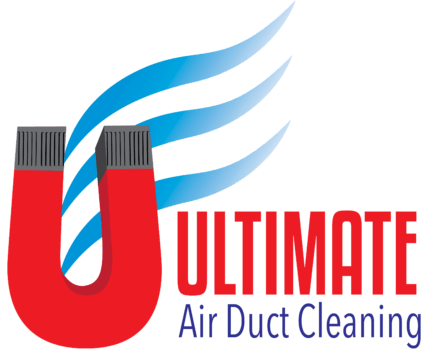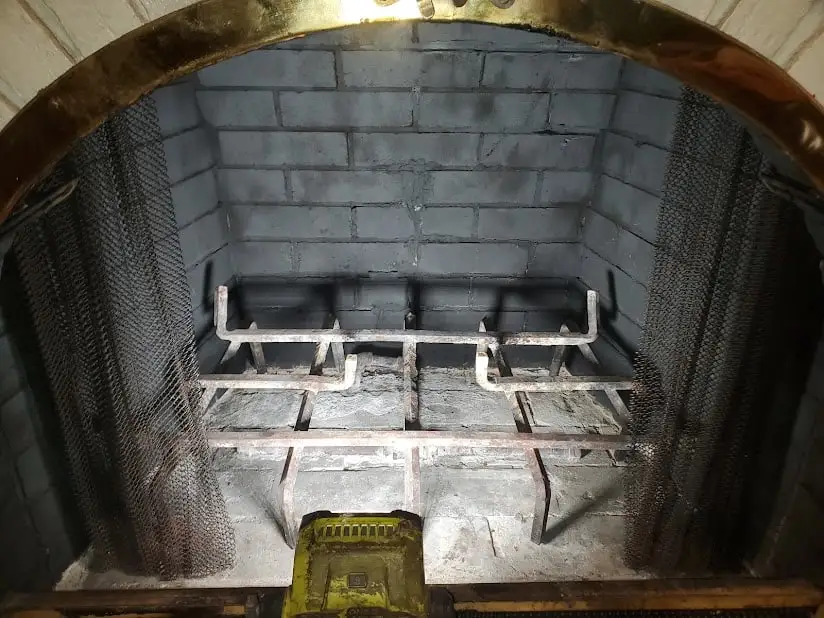The National Fire Protection Association (NFPA) strongly recommends an annual professional chimney cleaning and inspection as a fundamental safety measure. This crucial routine involves the removal of creosote, a flammable substance that accumulates in chimneys, and the identification of potential hazards. By minimizing the risk of fires and carbon monoxide issues, this proactive approach ensures a safer home environment. Trusting a qualified professional for this task not only enhances chimney performance but also safeguards against potential dangers, contributing to the overall security of your residence.
7 Signs You Need to Clean Your Chimney
Maintaining a clean and efficient chimney is crucial for the safety and functionality of your home. Here are seven key signs that it’s time to schedule a chimney cleaning:
- Soot Buildup: A visible layer of soot inside the chimney is a clear indicator of a potential blockage. Accumulated soot can increase the risk of chimney fires.
- Burning Smells: Unpleasant odors during fireplace use can signify the presence of creosote, an oily substance that can lead to chimney fires if not promptly addressed.
- Difficulty Starting a Fire: If you find it increasingly challenging to ignite a fire or notice that it doesn’t burn as well as it used to, it could be due to a restricted chimney.
- Smoke Inside the House: Smoke entering your living space rather than exiting through the chimney indicates a blockage or improper ventilation, requiring immediate attention.
- Presence of Animals: Unwanted guests, such as birds, squirrels, or raccoons, may choose your chimney as a nesting site. Their presence can obstruct the flue and pose a fire hazard.
- Damaged Chimney Cap: A damaged or missing chimney cap allows debris, leaves, and animals to enter, leading to potential blockages. Regularly inspect and replace chimney caps as needed.
- Visible Creosote: If you notice a dark, tar-like substance on the walls of your chimney, it’s likely creosote. This highly flammable material necessitates professional cleaning to mitigate fire risks.
Regular chimney maintenance, including annual cleanings, is essential for the safety and longevity of your fireplace. If you observe any of these signs, don’t hesitate to schedule a professional chimney cleaning to ensure a warm and secure home environment.
When Do I Need A Chimney Inspection?
Knowing when to schedule a chimney inspection is as crucial as regular cleaning. Consider the following scenarios:
Moving into a New Home:
If you’ve recently moved into a new residence, especially if the previous occupants were smokers, pet owners, or neglected chimney maintenance, an inspection is recommended.
After Home Construction or Renovation:
Construction and renovation projects can introduce debris into your chimney. Schedule an inspection after such activities to ensure it’s free from any potential blockages.

Visible Signs of Damage:
If you notice visible signs of damage, such as cracks, crumbling mortar, or water leaks around the chimney, it’s time for an inspection.
Increased Creosote Buildup:
If your chimney is prone to rapid creosote buildup, more frequent inspections are necessary to mitigate fire risks.
Performance Issues:
Uneven heating, persistent drafts, or unusual smells during fireplace use indicate performance issues and warrant a professional inspection.
Marching Into Safety: Don’t Forget the Professional Chimney Sweep
As March approaches, elevate your spring cleaning checklist by including a professional chimney sweep. Prioritizing the care and maintenance of your chimney not only ensures a hazard-free living environment but also contributes to the longevity of this essential home fixture.

